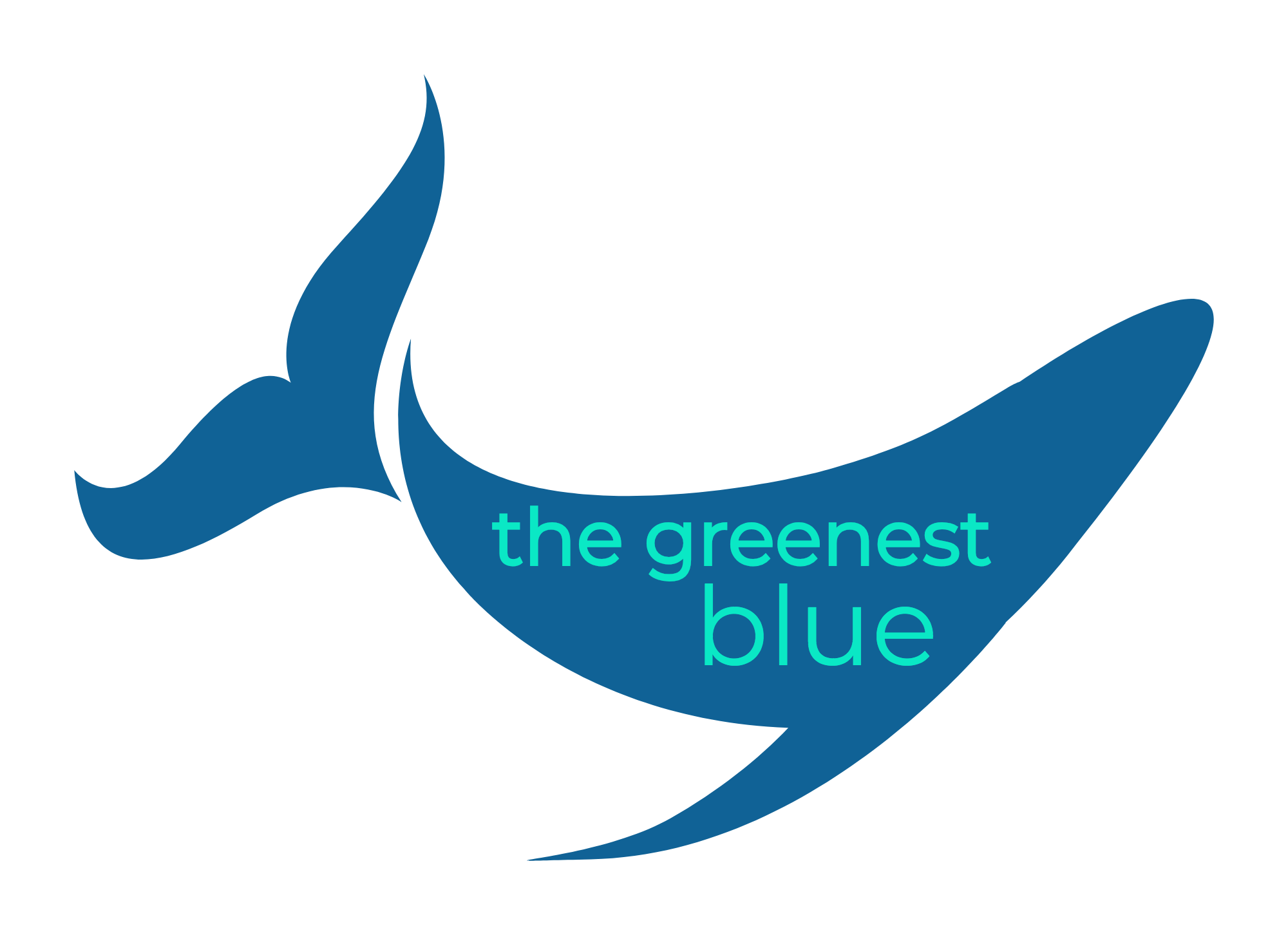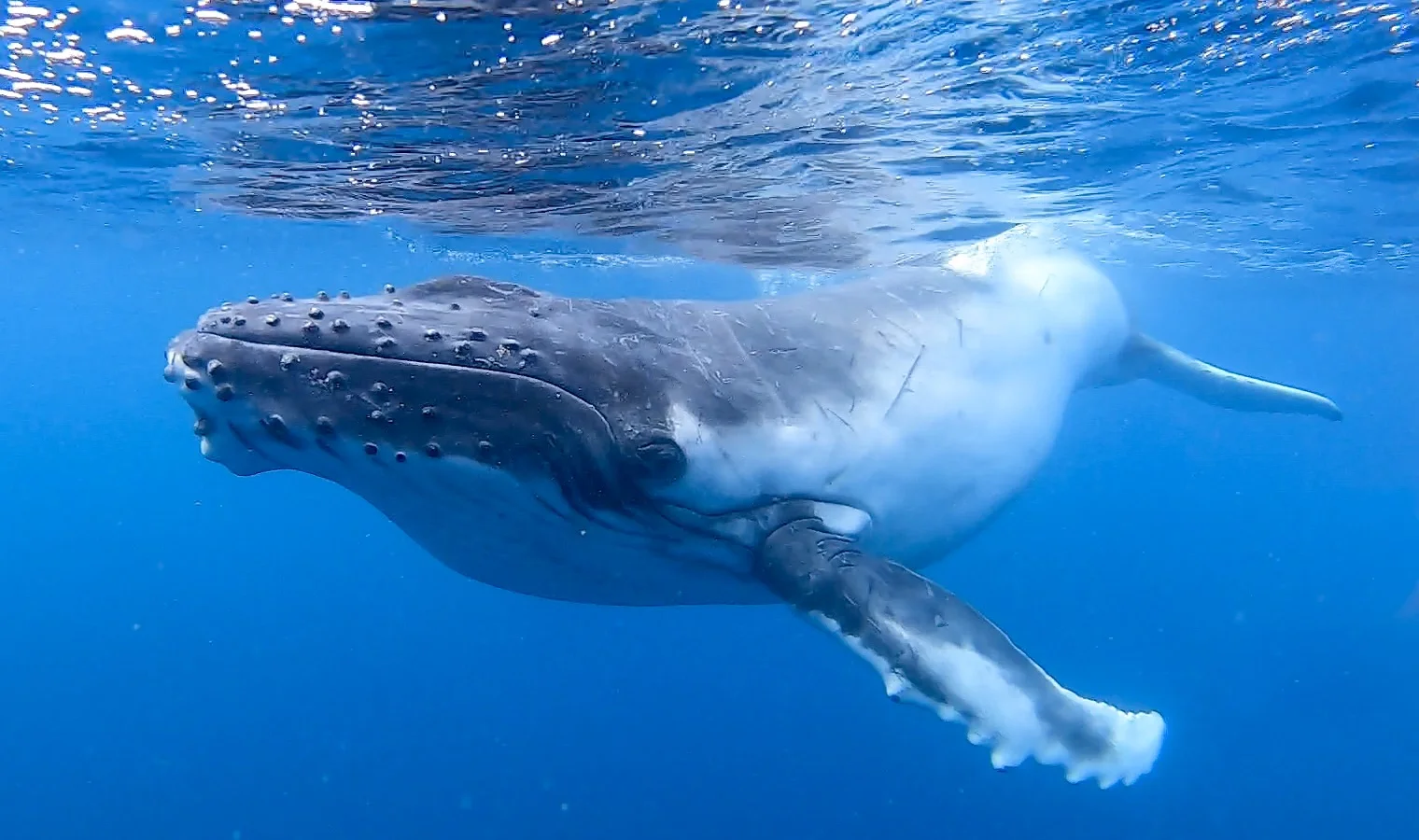And now we have all the more reason to be intrigued by, and grateful for, these massive beings. When a story recently started circulating around many online media outlets about how whales are huge components of slowing down climate change, that got my attention. These articles were claiming that one whale is worth the equivalent of thousands of trees in terms of the amount of carbon it can remove from the atmosphere.
Read MoreBecause Tonga is one of the breeding grounds of the South Pacific humpback whales, we see an extensive range of behaviors that are focused around accomplishing one of two goals: 1) you’re either here to give birth and raise a calf or 2) you’re here to get pregnant or impregnate another whale.
Sometimes I make jokes that whales are the “original tropical island honeymooners”and that Tonga is the bedroom and Antarctica is the kitchen, connected by the world’s longest hallway, but these expressions are a bit of a euphemism. It’s definitely not all chillaxing and playful getting it on for the whales here. Breeding season is hard work.
Read MoreI haven’t written in a while and I feel like I want to share what’s going on in the marine world of dusky dolphins! I’d never really heard much about the species before I moved down to Kaikoura (they’re just found in the southern hemisphere) and I thought all my bros and ladies up in the northern hemisphere might be a bit curious about the dolphins that have been an almost-daily part of my life since moving down to New Zealand.
First off, here’s why marine mammals rock: they live in the ocean full-time but they have to BREATH AIR. Do you know how inconvenient that must be? These animals have risen to the challenge with the help of evolution and they are rocking those blowholes and myoglobin-rich muscles like nobody’s business. Eight minute dive for a dolphin? No problem. Me? Dead.
Five Crazy Fun Facts About Dusky Dolphins
1) They are part of the genus Lagenorhynchus, which contains six species total. They all share the characteristics of a relatively short rostrum, stocky body shape, and a schnazzy body coloration made up of bands and stripes in multiple hues. Like rainbow dolphins. Magic.
So I’ve been on an extended stopover in Maui, visiting some very beautiful, kindhearted friends of mine, many of whom I used to live and work with. I am slowly making my way south towards the Southern Hemisphere, but while waiting for some visa paperwork to process, I couldn’t not stop on the most isolated island chain in the world! Maui holds a special place in my heart because it represents a very dynamic time in my young twenties. I moved out here on a whim (and since then, each subsequent move has become easier and easier) to explore what it meant to be a marine naturalist.
Read MoreLet me whisk you away to Bali - the Balinese Farm Tour and Cooking Class is a half-day tour (morning or afternoon) that picks you up from your accommodation in Ubud and whisks you away to a local market in a neighboring village. A guide meets you there and escorts you around to different stalls, pointing out and explaining the local offerings of fruits, vegetables, and various prepared goods.
Read MoreSo what makes a tourist activity eco-friendly - as in, how do you decide if it’s a responsible choice or not? You want to support locally-owned businesses that are not only reducing their environmental impacts, but are using their tourism platform to help local communities and raise support for conservation. Sustainable tourism has been defined by the World Tourism Organization as “tourism that takes full account of its current and future economic, social and environmental impacts, addressing the needs of visitors, the industry, the environment, and host communities.”
Read More






